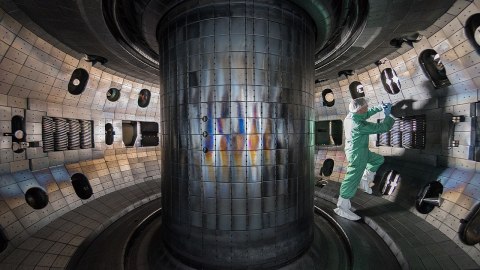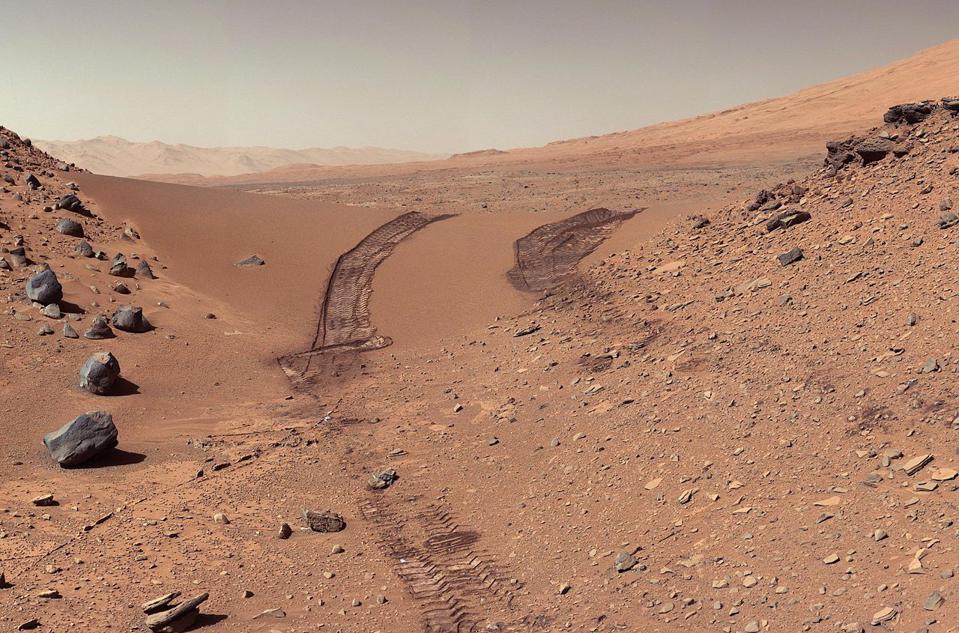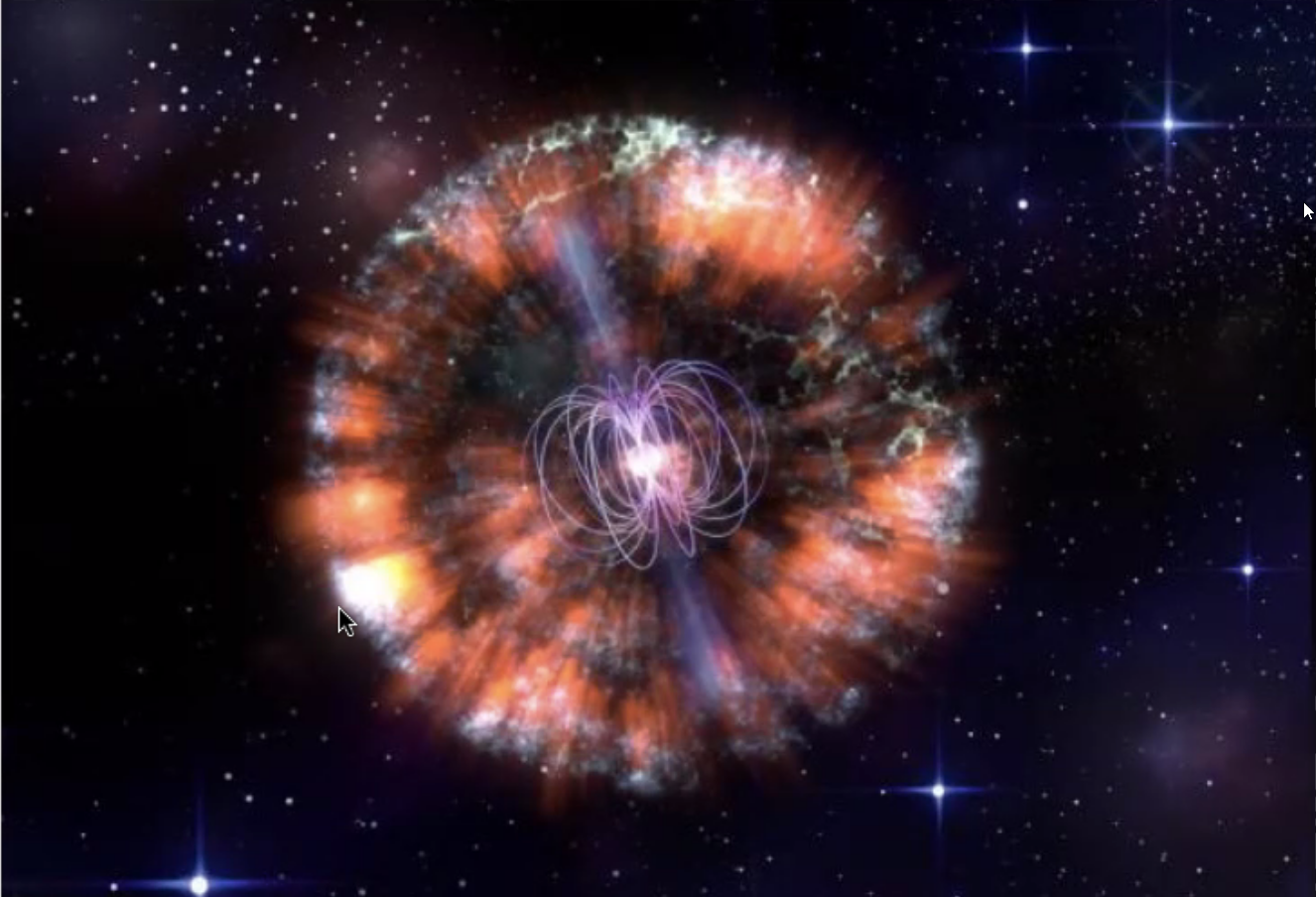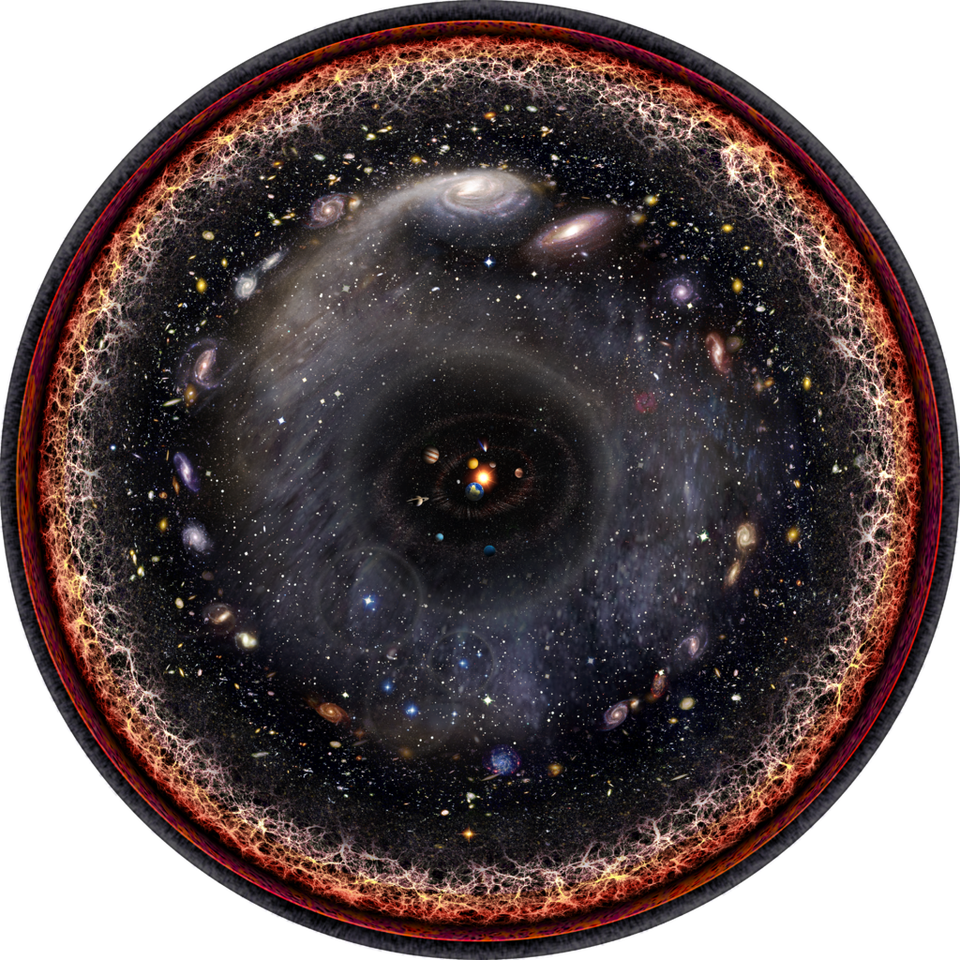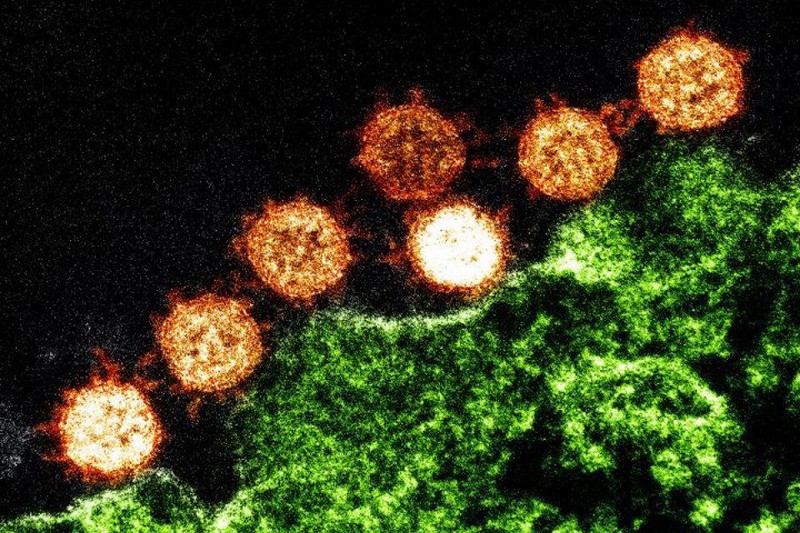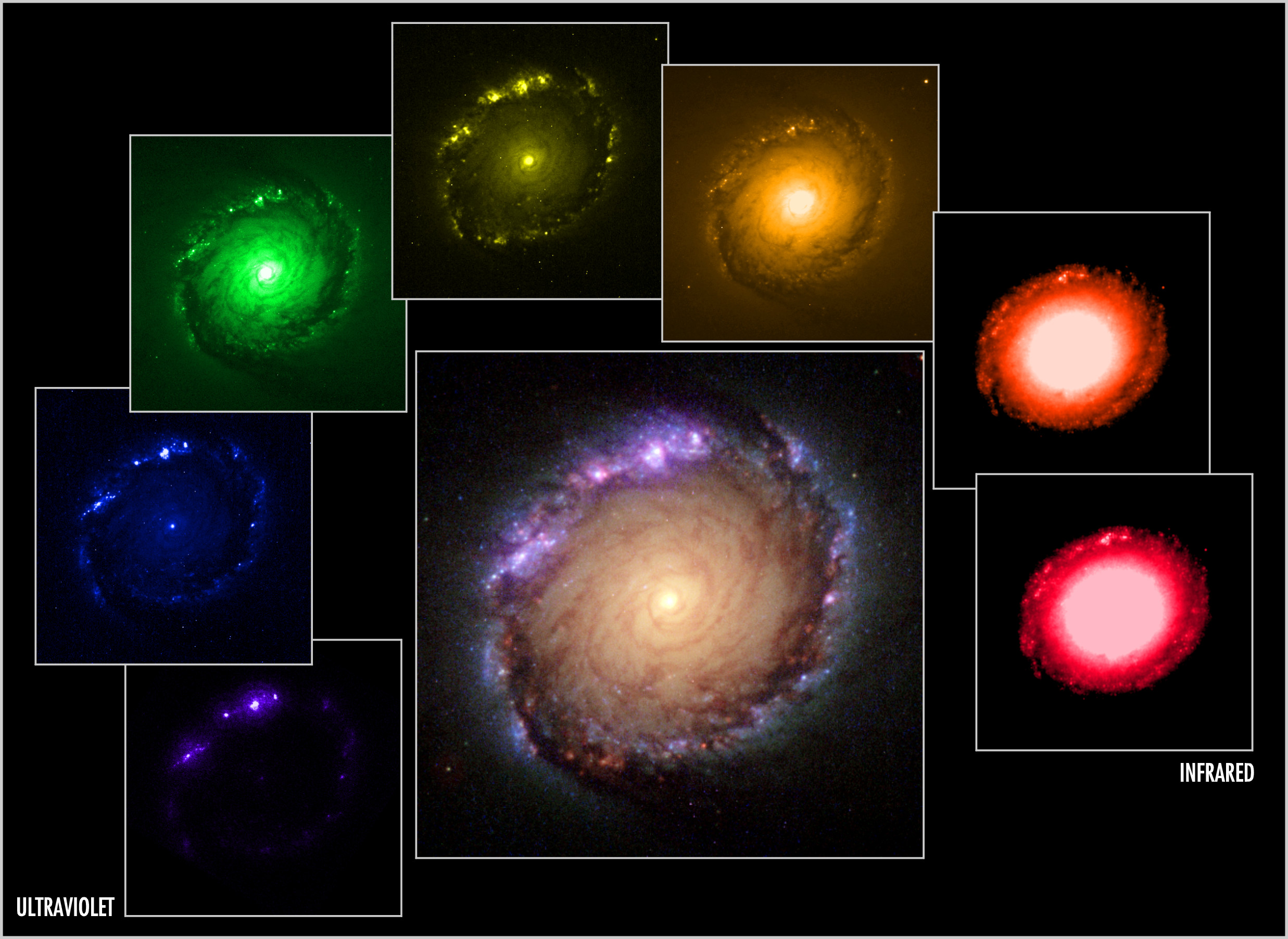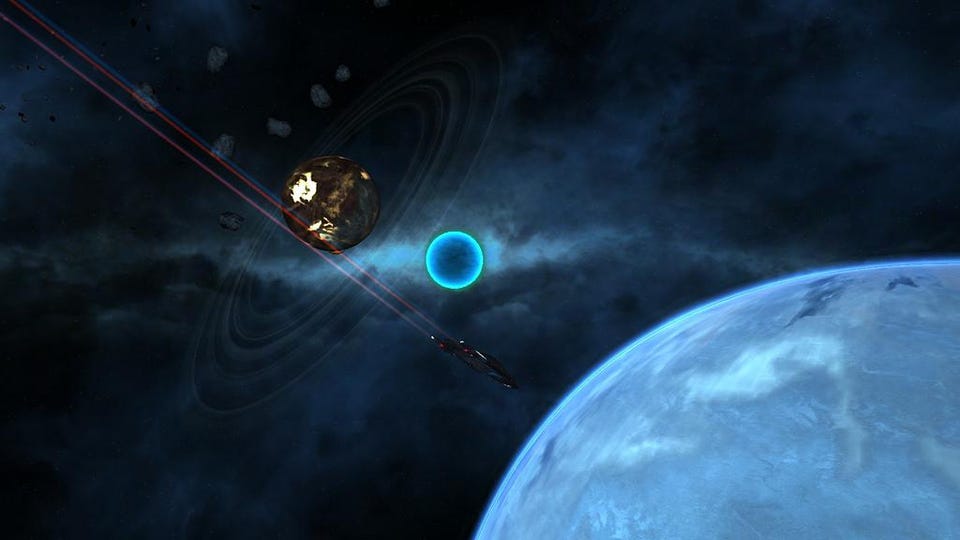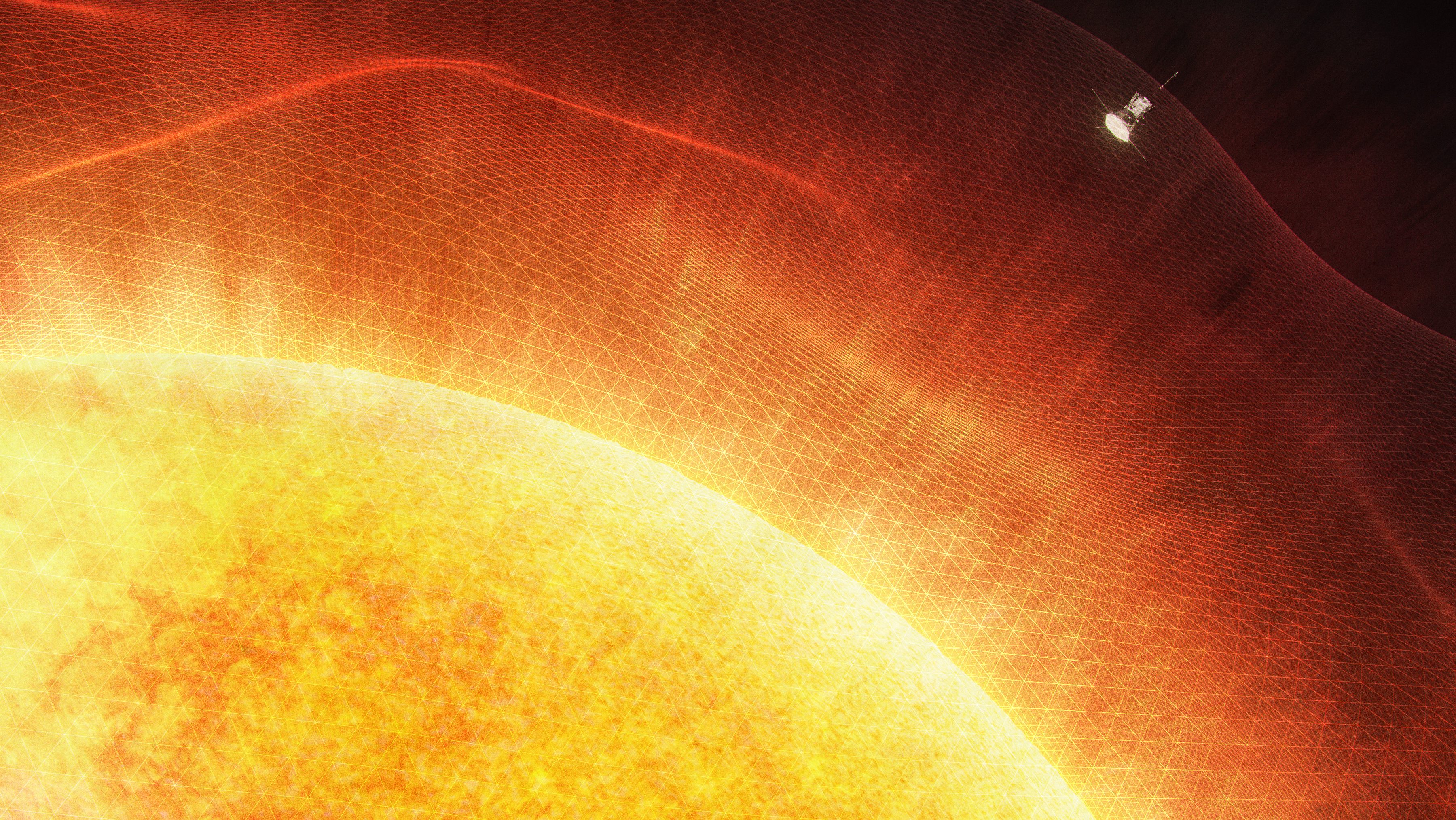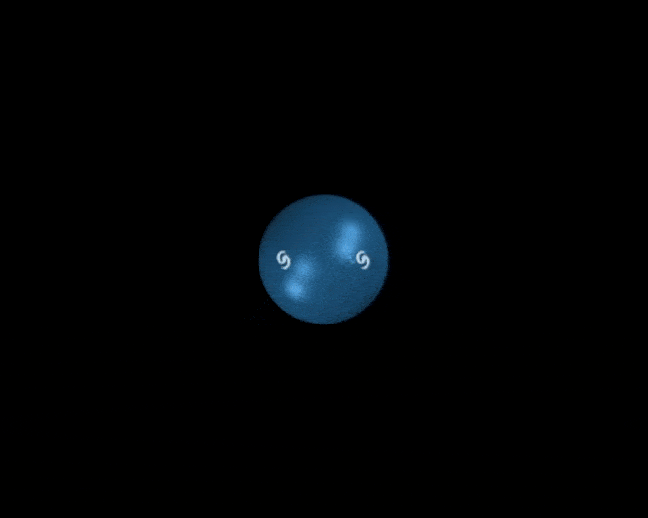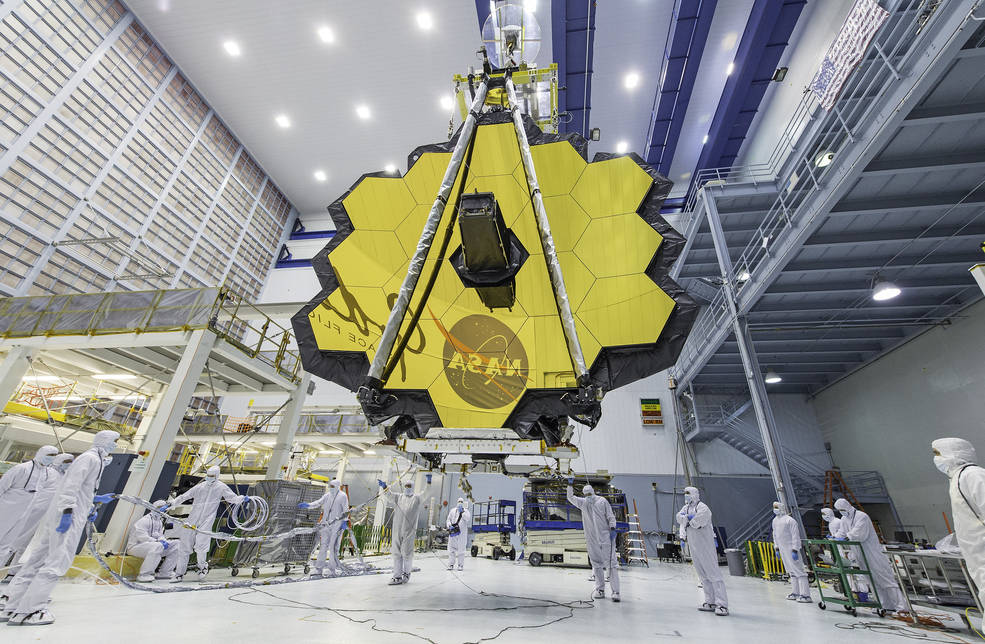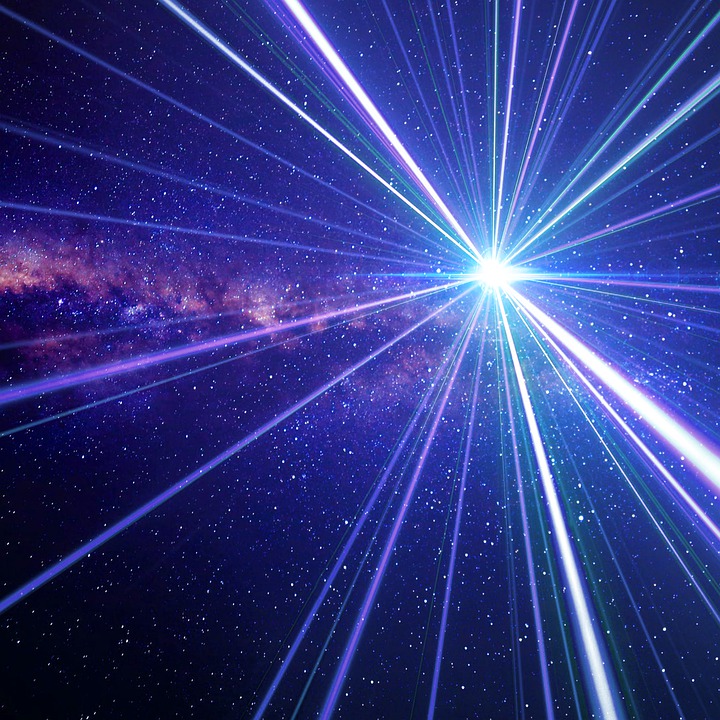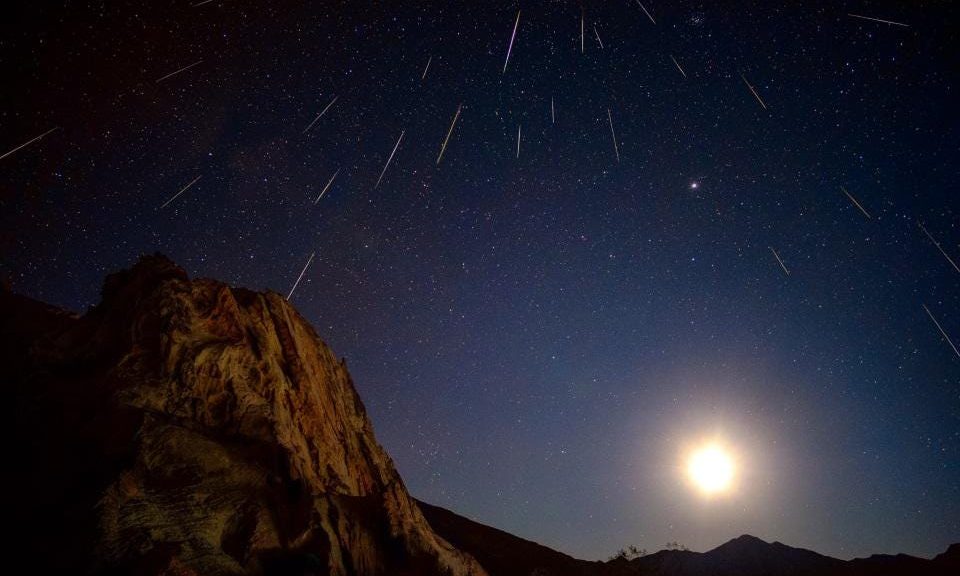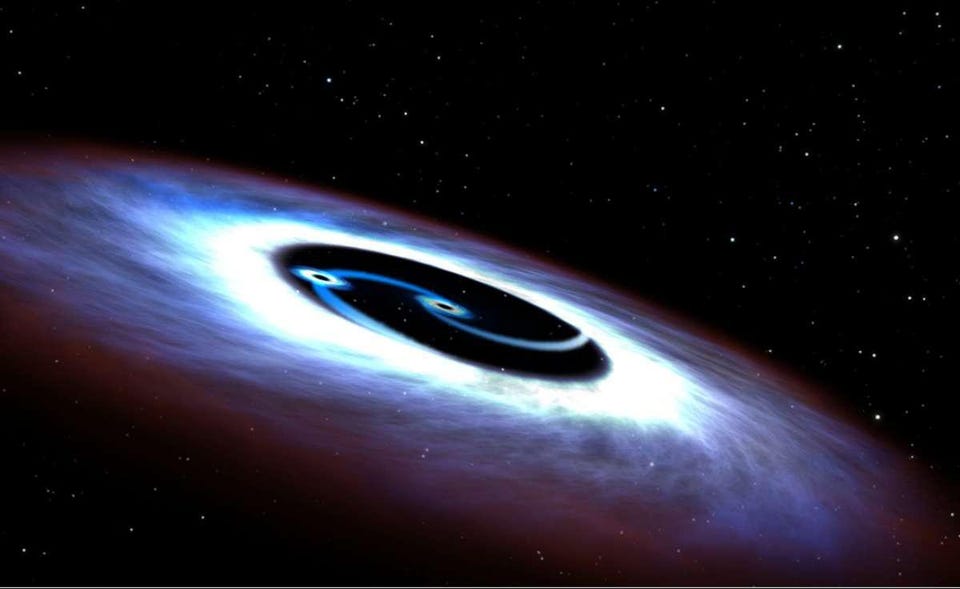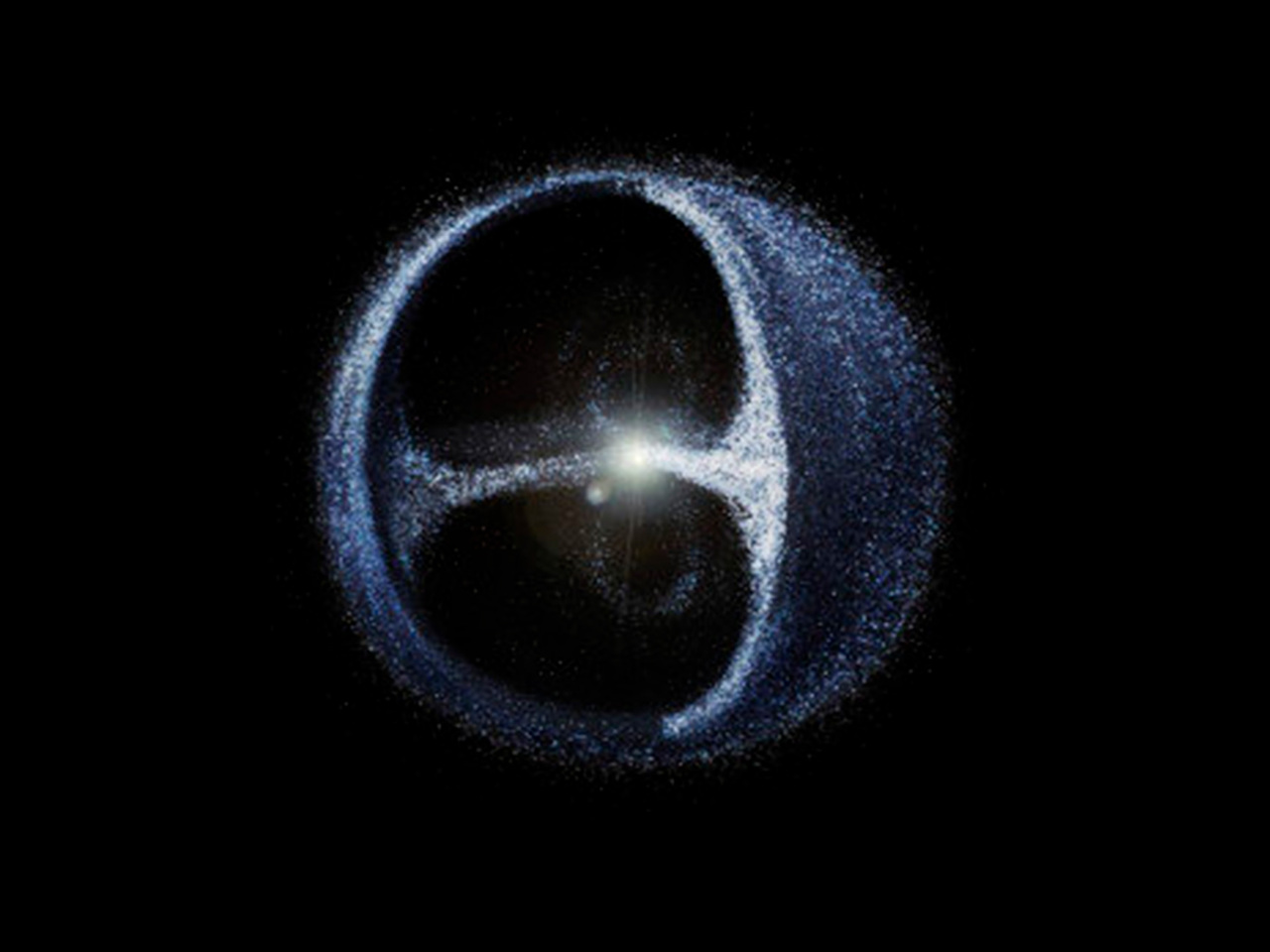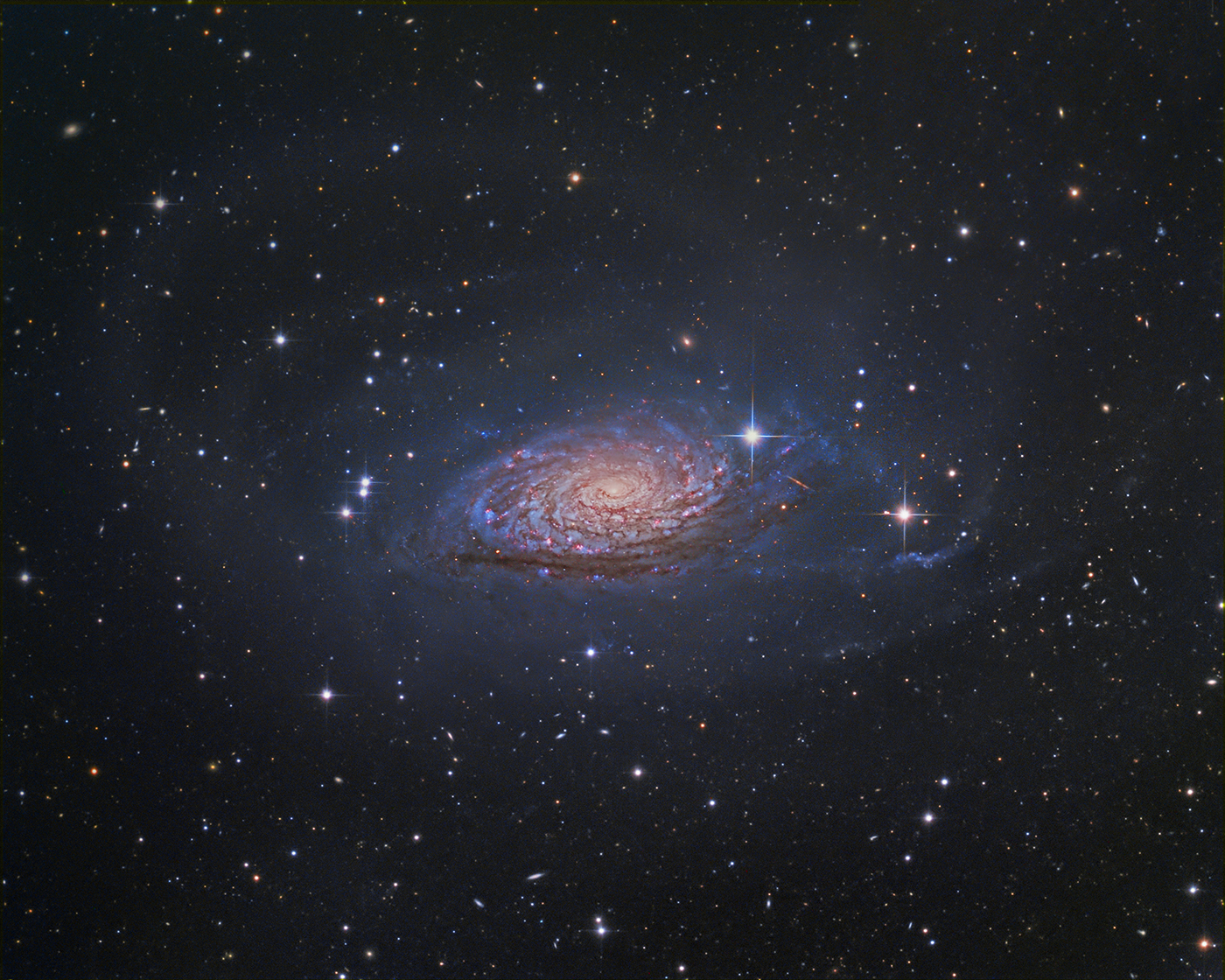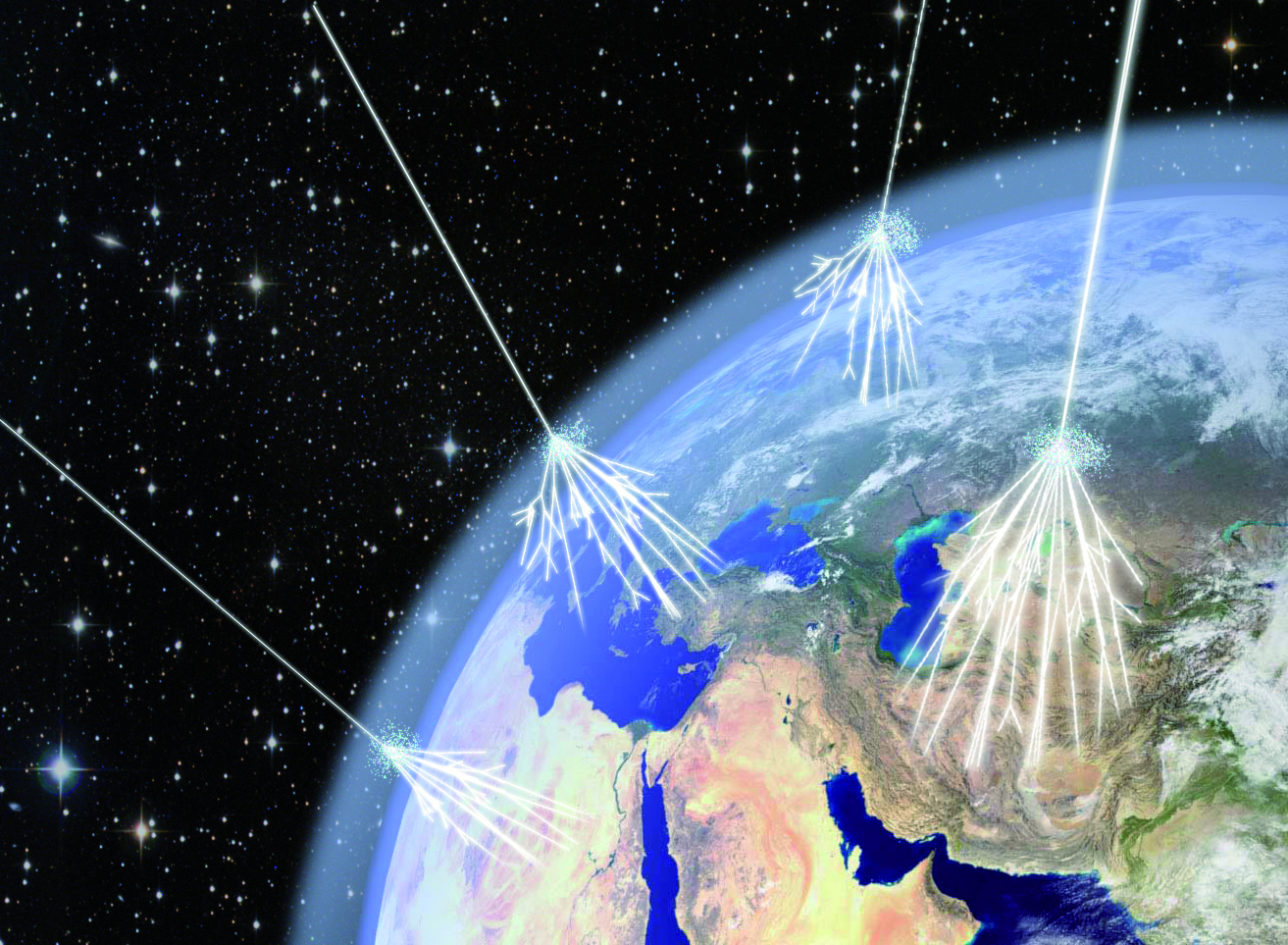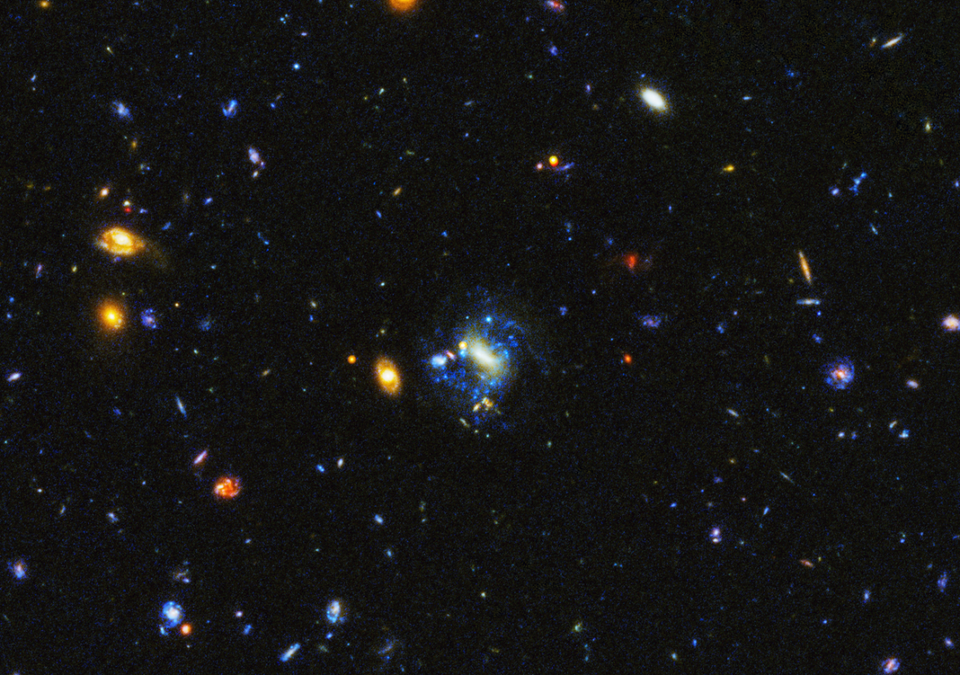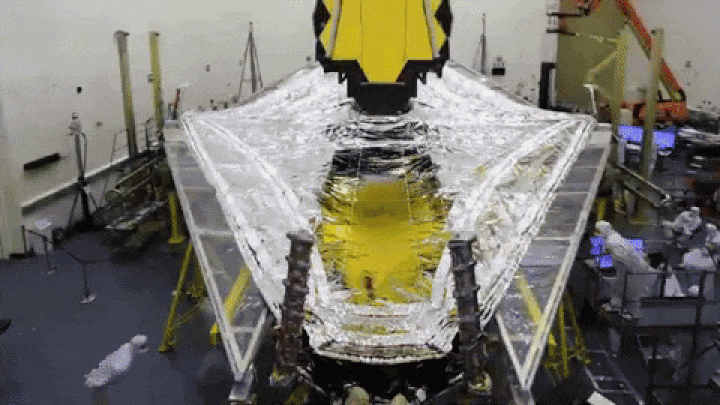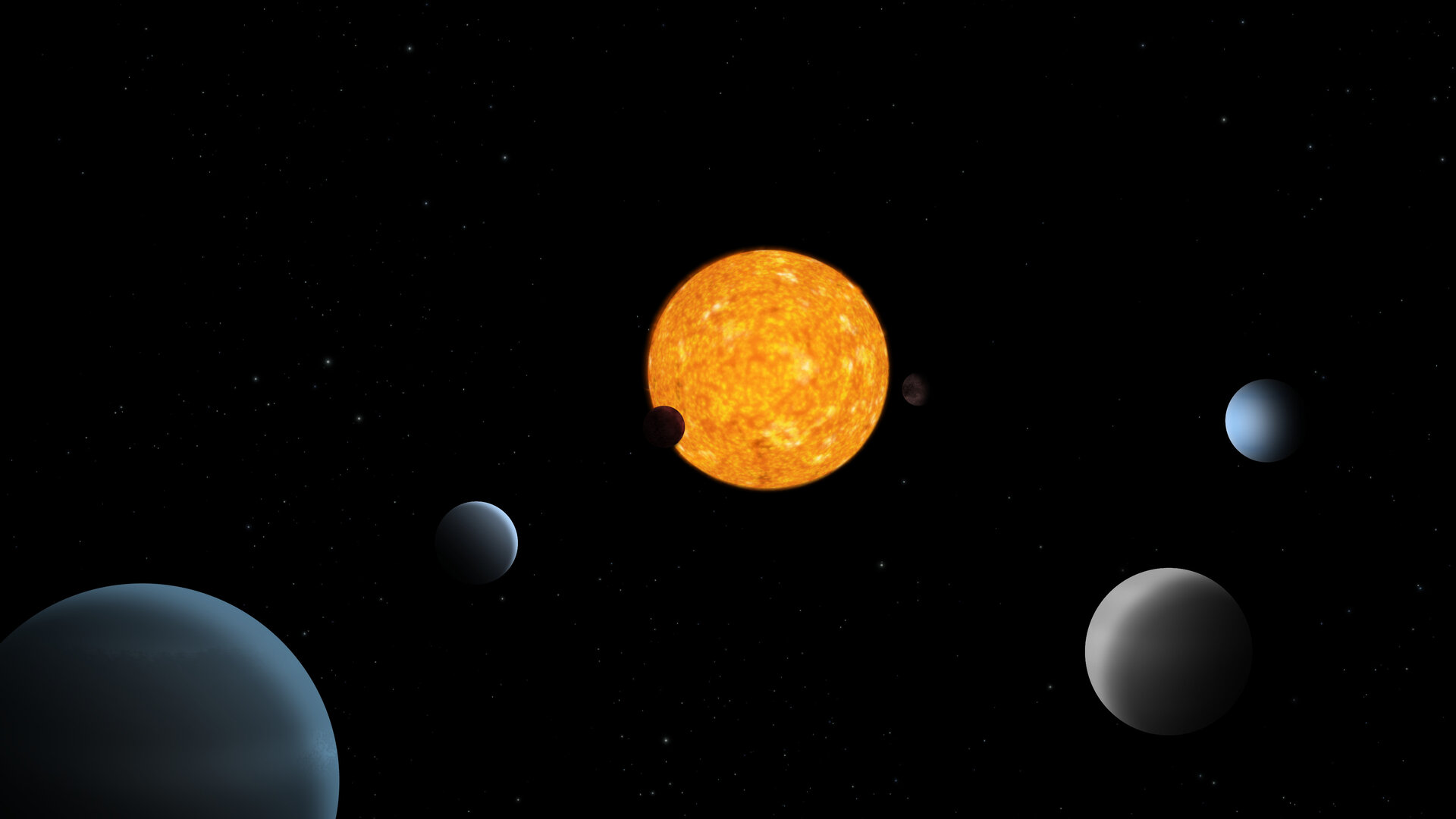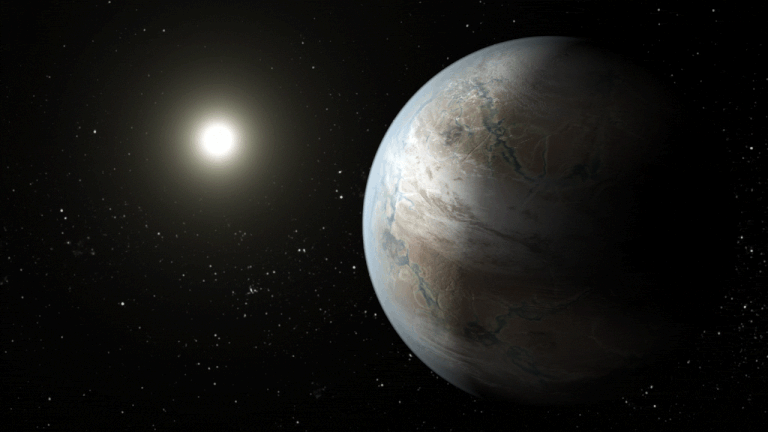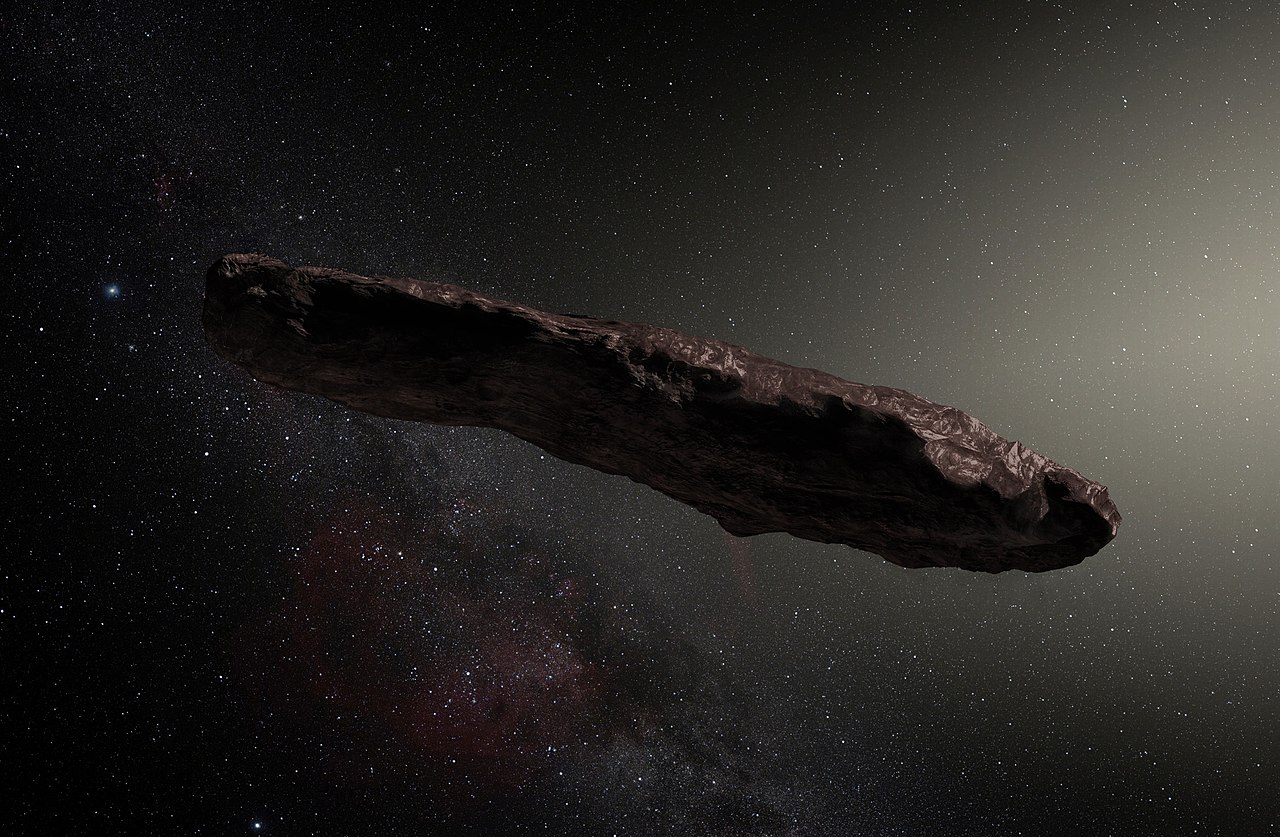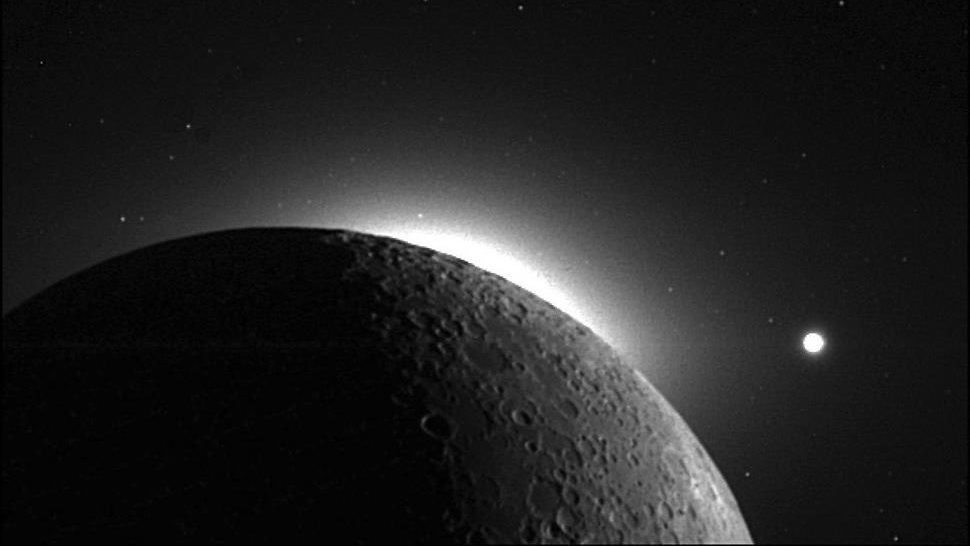
The Universe is out there, waiting for you to discover it.
Our mission: to answer, scientifically, the biggest questions of all.
- What is our Universe made of?
- How did it become the way it is today?
- Where did everything come from?
- What is the ultimate fate of the cosmos?
For countless generations, these were questions without resolutions. Now, for the first time in history, we have scientific answers. Starts With A Bang, written by Dr. Ethan Siegel, brings these stories — of what we know and how we know it — directly to you.
Get Starts With A Bang in your inbox
Featured
Why power generated through nuclear fusion will be the future, but not the present, solution to humanity’s energy needs.
It’s a strange idea to consider: that a tiny building block of matter, the atomic nucleus, holds the greatest potential for energy release.
And yet, it’s true; while electron transitions in atoms or molecules typically release energy on the order of ~1 electron-Volt, nuclear transitions between different configurations release energies a million times as great, on the order of ~1 Mega-electron-Volt.
Popular
From before the Big Bang to the present day, the Universe goes through many eras. Dark energy heralds the final one.
A wild, compelling idea without a direct, practical test, the Multiverse is highly controversial. But its supporting pillars sure are stable.
The surface and atmosphere is colored by ferric oxides. Beneath a very thin layer, mere millimeters deep in places, it’s not red anymore.
The first supernova ever discovered through its X-rays has an enormously powerful engine at its core. It’s unlike anything ever seen.
Just 13.8 billion years after the hot Big Bang, we can see 46.1 billion light-years away in all directions. Doesn’t that violate…something?
All Stories
Developing an awareness of and an appreciation for science is what we all truly need, not what we’ve been doing.
On larger and larger scales, many of the same structures we see at small ones repeat themselves. Do we live in a fractal Universe?
The surface and atmosphere is colored by ferric oxides. Beneath a very thin layer, mere millimeters deep in places, it’s not red anymore.
We know it couldn’t have began from a singularity. So how small could it have been at the absolute minimum?
We don’t know with 100% certainty where SARS-CoV-2 first came from or how it first infected humans. But not all options are equally likely.
With launch, deployment, calibration, and science operations about to commence, here are 10 facts that are absolutely true.
When three wise men gifted baby Jesus with gold, frankincense, and myrrh, they had no idea one was made from colliding neutron stars.
The photometric filters for the Vera Rubin Observatory are complete and showcase why they are indispensable for astronomy.
Life arose on Earth very early on. After a few billion years, here we are: intelligent and technologically advanced. Where’s everyone else?
How can you “touch the Sun” if you’ve always been inside the solar corona, yet will never reach the Sun’s photosphere?
From exoplanets to supermassive black holes to the first stars and galaxies, Webb will show us the Universe as we’ve never seen it before.
After more than two decades of precision measurements, we’ve now reached the “gold standard” for how the pieces don’t fit.
After decades of development, whether NASA’s Webb succeeds or fails all comes down to five critical milestones that are only days away.
A few years ago, the first dark matter-free galaxies were announced, and then immediately disputed. Now, there are too many to ignore.
The same (former) NASA engineer who previously claimed to violate Newton’s laws is now claiming to have made a warp bubble. He didn’t.
Every December, the Geminid meteor shower reaches its peak. Its 2021 show will be spectacular, but only if you do it right.
Even without the greatest individual scientist of all, every one of his great scientific advances would still have occurred. Eventually.
Binary black holes eventually inspiral and merge. That’s why the OJ 287 system is destined for the most energetic event in history.
Our Solar System’s outer reaches, and what’s in them, was predicted long before the first Oort Cloud object was ever discovered.
Did the Milky Way form by slowly accreting matter or by devouring its neighboring galaxies? At last, we’re uncovering our own history.
From high school through the professional ranks, physicists never tire of Newton’s second law.
As particles travel through the Universe, there’s a speed limit to how fast they’re allowed to go. No, not the speed of light: below it.
Previously, only the brightest and most active galaxies could pierce the obscuring wall of cosmic dust. At last, normal galaxies break through.
No matter how controversial or politicized our world becomes, science remains humanity’s best tool for figuring out how things work.
The stars, planets, and many moons are extremely round. Why don’t they take other shapes?
Just 13.8 billion years after the hot Big Bang, we can see 46.1 billion light-years away in all directions. Doesn’t that violate…something?
Finding out we’re not alone in the Universe would fundamentally change everything. Here’s how we could do it.
The majority of the matter in our Universe isn’t made of any of the particles in the Standard Model. Could the axion save the day?
The most unique interloper into our Solar System has a natural explanation that fits perfectly — no aliens required.
We once thought the Moon was completely airless, but it turns out it has an atmosphere, after all. Even wilder: It has a tail of its own.
